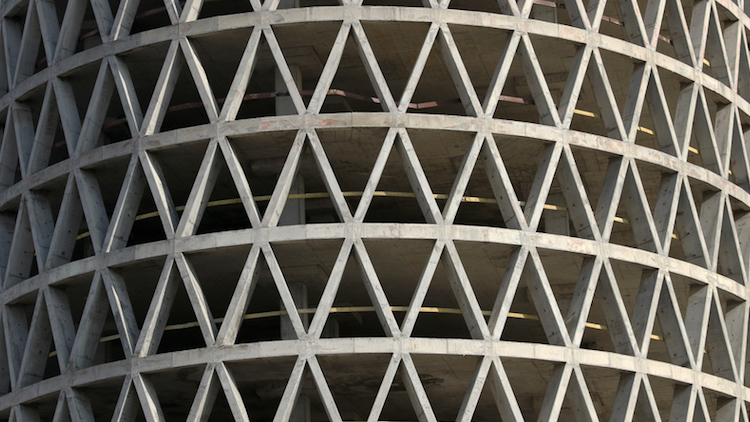
Construction professionals must become life-cycle literate and understand environmental product declarations (EPDs) for the sector to meet climate change demands, the Global Cement and Concrete Association (GCCA) has declared.
Interviewed in the February issue of Construction Management, GCCA concrete and sustainable construction director Andrew Minson said: “Users of concrete – clients, consultants, designers, constructors – could be doing a lot more currently to reduce the carbon impact of concrete in their projects. Carbon reduction is a collective responsibility.
“Construction professionals need to become fully life-cycle literate. That’s the new reality of climate change. Understanding EPDs is part of that.”
EPDs exist for most construction products and provide information on the environmental performance or impact of the product over its lifetime. The GCCA has just announced the global verification of its EPD tool for cement and concrete manufacturers. A similar tool has been created for the UK market by the Mineral Products Association.
“For construction professionals, they can now ask their concrete suppliers for EPDs and have confidence that this will provide information about the product’s carbon footprint,” Minson explained. “If they are the client or acting for or advising the client, they can explain how this will contribute to a project’s whole life carbon footprint. This includes both embodied carbon and operational carbon.”
Soon, Minson said, there will be whole life-cycle benchmarks that construction clients will be able to reference when planning their projects. “The benchmarks will include a whole range of EPDs for project teams to use when assessing the carbon footprint,” he forecasted.
“We’re not there yet. The data needs to be collected first. But Arup recently said it would measure the whole-life carbon footprint on all its projects. That’s pretty big.”
The GCCA has reported a 20% proportionate reduction in CO2 emissions from cement production over the last three decades. In October, it published its roadmap to net zero in 2050. “We have a responsibility to change our behaviour and lower our emissions,” Minson said. “And in the manufacturing supply chain, that’s starting to happen.”














